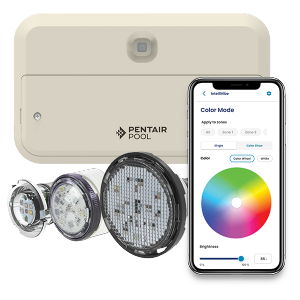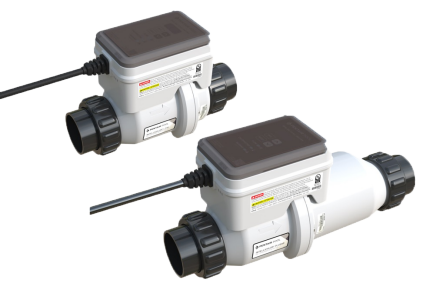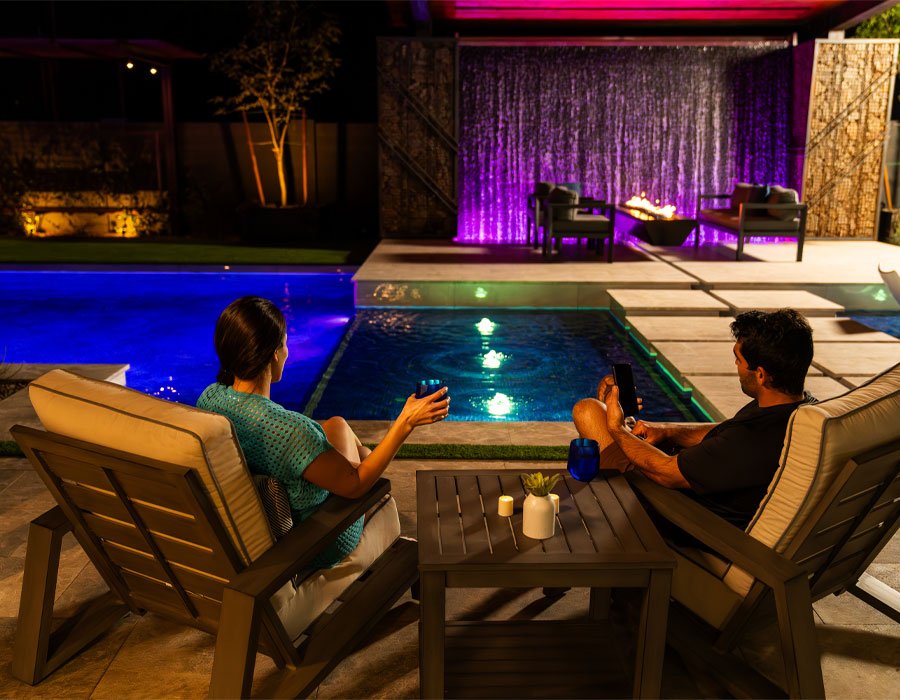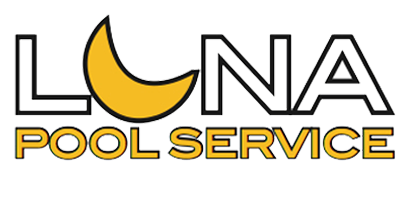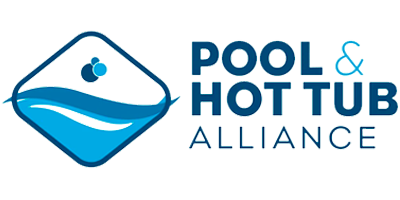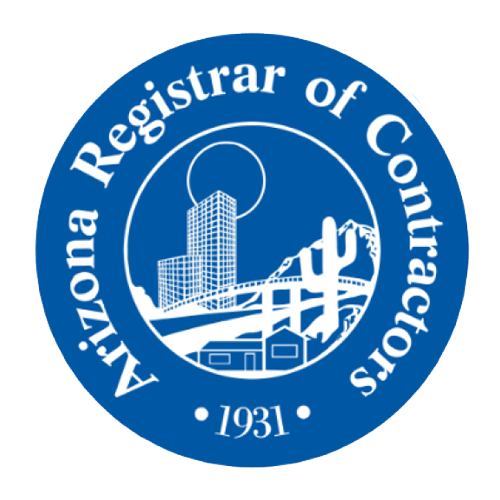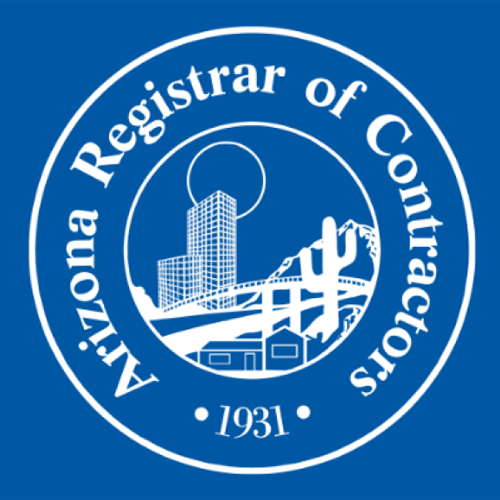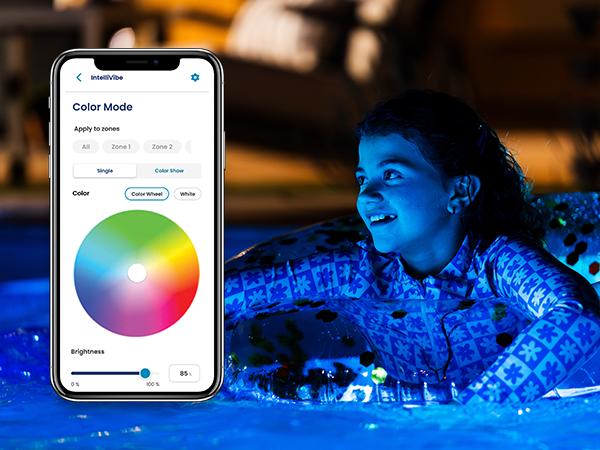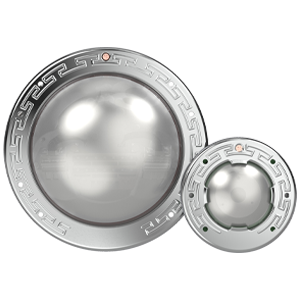Frequently Asked Questions
How to replace LED pool lights?
Replacing LED pool lights involves turning off the power, removing the old light fixture from its niche, disconnecting the wiring, and then installing the new light by connecting the wiring and securing it back in place.
How to install swimming pool LED lights?
Installing swimming pool LED lights involves turning off the power, removing the existing light fixture, connecting the new LED light to the existing wiring, securing it in place, and then restoring power to test the installation.
How to sync Jandy LED pool lights?
Syncing Jandy LED pool lights involves turning on the lights, then quickly pressing the "light" button on the remote or control panel multiple times until the desired color or mode is achieved.
How many LED lights in pool?
The number of LED lights in a pool typically depends on its size and design. Generally, one to three LED lights are sufficient for smaller pools, while larger pools may require four or more for optimal illumination.
How much do LED pool lights cost?
The cost of LED pool lights typically ranges from $100 to $500 per light, depending on the brand, features, and installation requirements. Investing in LED lights can enhance your pool's ambiance while being energy-efficient.
How long do LED pool lights last?
LED pool lights typically last between 25,000 to 50,000 hours, making them a durable and energy-efficient choice for enhancing your pool's ambiance and functionality.
How many LED pool lights do I need?
The number of LED pool lights you need depends on your pool's size and shape. Generally, one light is sufficient for every 500 to 800 square feet of pool area to ensure even illumination.
How to reset LED pool lights?
Resetting LED pool lights involves turning off the power supply for about 10 seconds and then restoring it. This process typically resets the lights and can resolve flickering or color issues.
How to install swimming pool LED strip lights?
Installing swimming pool LED strip lights involves cleaning the installation area, measuring and cutting the strip to fit, applying adhesive backing, and connecting the lights to a power source, ensuring proper waterproofing for safety.
How to synchronize Pentair LED pool lights?
Synchronizing Pentair LED pool lights involves using the remote control or app associated with your system. Simply follow the instructions to pair the lights, ensuring they are powered on and within range for successful synchronization.
What is the average cost of automated pool lighting installation in my area?
The average cost of automated pool lighting installation in your area typically ranges from $1,500 to $3,500, depending on the complexity of the system and specific features you choose.
How to install LED strip lights around pool?
Installing LED strip lights around your pool involves cleaning the surface, measuring the desired length, and securely attaching the strips using adhesive or clips. Ensure the lights are waterproof and connect them to a power source for safe operation.
What are the best LED pool lights?
The best LED pool lights are energy-efficient options that enhance the beauty and safety of your pool. Look for models with adjustable colors, high lumens for brightness, and durable, waterproof designs suitable for Arizona's climate.
What are the benefits of LED pool lights?
The benefits of LED pool lights are numerous. They are energy-efficient, long-lasting, and enhance the visual appeal of your pool, while also providing better safety and visibility during nighttime swimming.
How to choose the right LED pool lights?
Choosing the right LED pool lights involves considering brightness, color options, energy efficiency, and compatibility with your existing pool system. Evaluate your pool's size and design to select lights that enhance both aesthetics and functionality.
Can LED pool lights be dimmed?
LED pool lights can indeed be dimmed, allowing you to adjust the brightness to create the perfect ambiance for your pool area. This feature enhances energy efficiency while providing flexibility in lighting design.
What colors are available for LED pool lights?
The colors available for LED pool lights include vibrant options such as white, blue, green, red, and multi-color settings, allowing you to create the perfect ambiance for your pool area.
How to troubleshoot LED pool light issues?
Troubleshooting LED pool light issues involves checking the power supply, ensuring the light fixture is properly connected, and inspecting for any visible damage. If problems persist, consult a professional for further diagnosis and repair.
What is the lifespan of LED pool lights?
The lifespan of LED pool lights is typically around 25,000 to 50,000 hours. This longevity makes them a cost-effective and energy-efficient choice for illuminating your pool, ensuring consistent performance over many years.
How to maintain LED pool lights effectively?
Maintaining LED pool lights effectively involves regular cleaning and inspection. Ensure the lights are free from debris and check for any signs of wear or damage. Schedule professional maintenance annually to keep them functioning optimally and enhance energy efficiency.
Are LED pool lights energy-efficient?
LED pool lights are highly energy-efficient, consuming significantly less electricity than traditional lighting options. This not only reduces energy costs but also minimizes environmental impact, making them an excellent choice for pool illumination.
What is the installation process for LED pool lights?
The installation process for LED pool lights involves assessing the existing electrical setup, selecting appropriate locations for the fixtures, and securely mounting the lights. Finally, connections are made to the power source, ensuring safety and functionality.
How to connect LED pool lights to a timer?
Connecting LED pool lights to a timer involves wiring the lights to the timer's output terminals, ensuring the power is off during installation. Follow the manufacturer's instructions for specific connections, and set the timer for your desired lighting schedule.
What features should I look for in LED pool lights?
The features to look for in LED pool lights include energy efficiency, adjustable brightness, color options, and durability against harsh weather. Additionally, consider lights with smart technology for remote control and ease of use.
How to upgrade existing pool lights to LED?
Upgrading existing pool lights to LED involves replacing the old fixtures with energy-efficient LED models. Ensure compatibility with your pool's electrical system, and consider hiring a professional for safe installation and optimal performance.
What are common problems with LED pool lights?
Common problems with LED pool lights include flickering, dimming, and complete failure to illuminate. These issues can stem from faulty wiring, poor connections, or aging components, often requiring professional diagnosis and repair to restore optimal functionality.
How to ensure proper wiring for LED pool lights?
Ensuring proper wiring for LED pool lights involves using appropriate gauge wire, following local electrical codes, and securely connecting all wires to prevent water exposure. Regularly inspect the wiring for wear and tear to maintain safety and functionality.
What is the best placement for LED pool lights?
The best placement for LED pool lights is around the perimeter of the pool, ensuring even illumination and enhancing safety. Positioning them at varying depths can also create beautiful lighting effects while minimizing shadows.
How to integrate LED pool lights with smart systems?
Integrating LED pool lights with smart systems involves connecting the lights to a compatible smart hub or Wi-Fi network, allowing control via a smartphone app or voice commands. Ensure your LED lights are smart-enabled or use a smart controller for seamless integration.
What safety measures should be taken during installation?
Safety measures during installation include ensuring all electrical components are properly grounded, using waterproof materials, and following local codes. Always wear protective gear and keep the work area clear to prevent accidents.
